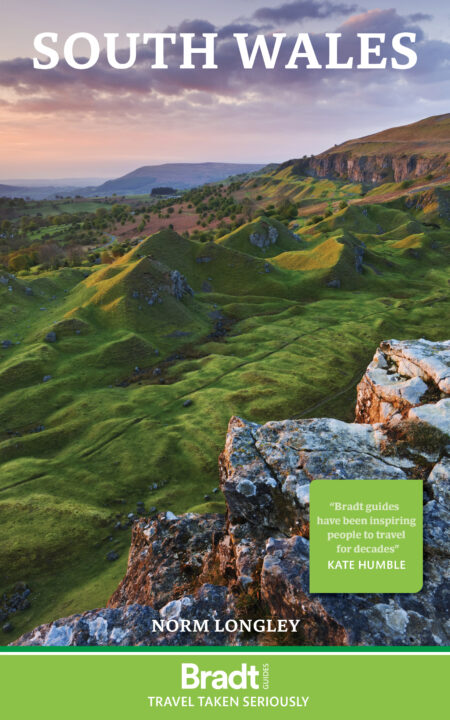Enclosed on three sides by the rivers Wye and Monnow, the former county town of Monmouth merits a decent day’s exploration.
While it’s not exactly at the vanguard of culture, and certainly can’t boast anything quite as grand as Chepstow Castle, the Welsh town prides itself on its historical associations: Henry V is said to have been born here, both Horatio Nelson and Charles Rolls have strong links to the town, and it was the site of the last mass treason trial in Britain. Here’s what not to miss.
What to see and do in Monmouth
Monnow Street
Most things of interest in Monmouth are on, or just off, Monnow Street. Spanning the Monnow is a handsome, 17th-century three-span pedestrianised stone bridge, itself crowned by a chunky gatehouse dating from 1262 – thus rendering it the last remaining fortified river bridge in Britain. Tours of the gatehouse are sometimes possible, so it’s worth checking with the tourist information office if you’re keen.
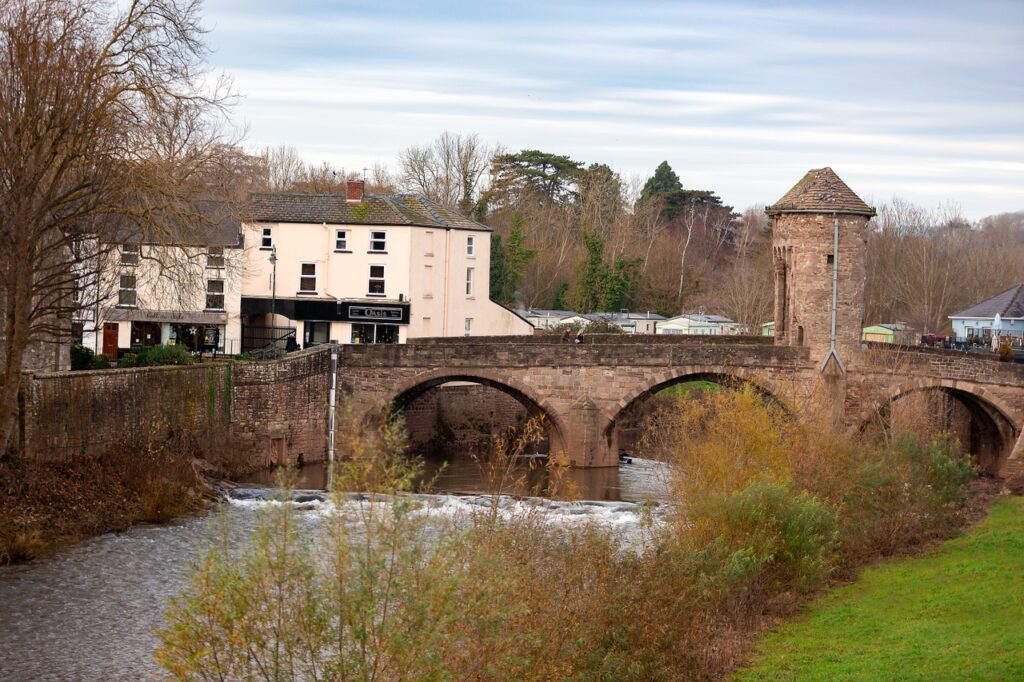
From the bridge, Monnow Street gently inclines, flanked on either side with pleasing two- and three-storeyed coloured buildings. The top end of Monnow Street opens up on to Agincourt Square, so named after Monmouth-born Henry V’s victory at the eponymous battle in 1415. And it’s a statue of Henry V that adorns the central first-floor niche of the grand Shire Hall, the town’s most arresting building.
Not to be overshadowed is William Goscombe John’s flamboyant statue of Charles Stewart Rolls holding a biplane aloft. Although well known for his motoring exploits Rolls was also a pioneering aviator. In 1910 he became the first man to pilot a double-flight over the English Channel, so it was somewhat ironic that just a month later he was the first Briton to die in an air crash, at the Bournemouth air show.
Shire Hall
A splendid Baroque edifice built in 1724 to house the County Court of Assizes, the six-arched Shire Hall wouldn’t look out of place in Bath, thanks to its smooth limestone façade. Until 1974, the hall functioned as Monmouthshire county’s administrative centre, but following the creation of Gwent Council and the transfer of the county court to Abergavenny in 2002, the building was stripped of any real purpose. But its history does loom large.
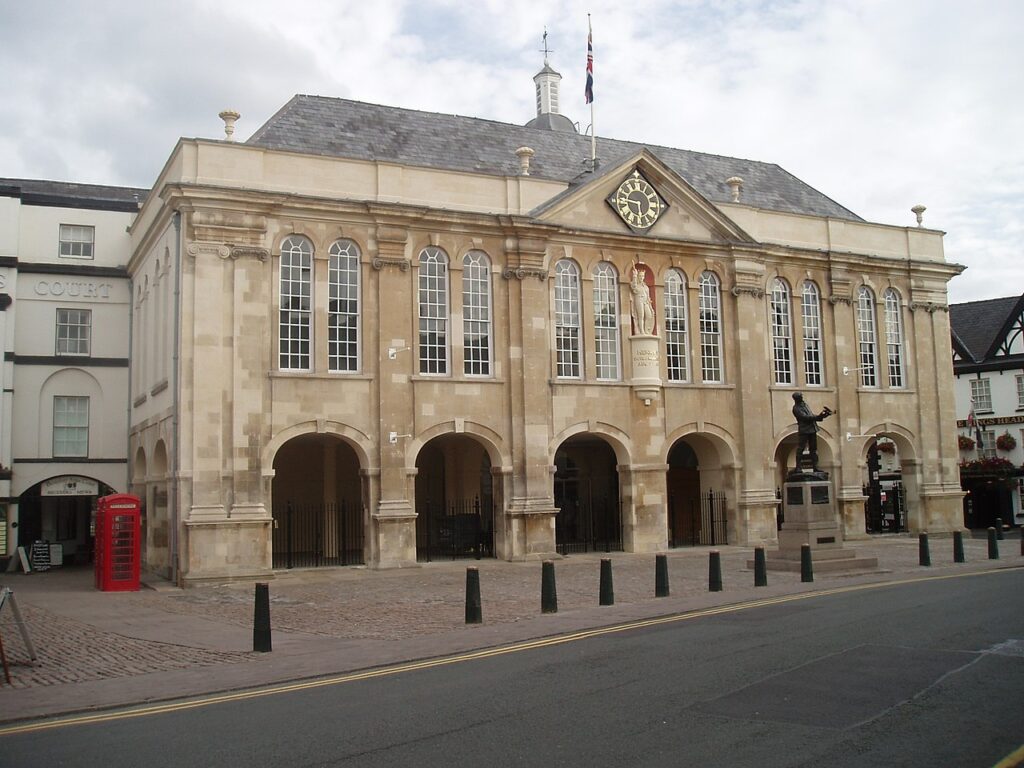
In 1839, the Shire Hall was the scene of one of the most noteworthy trials in British history, when John Frost, alongside fellow ringleaders William Jones and Zephaniah Williams, stood trial for their roles in the Chartists’ riots in Newport earlier that year; their resultant death sentences were subsequently commuted to deportation.
The courtroom in which the trial took place – and which functioned as a court of law until 2002 – offers little real insight into the events surrounding the trial, though it is possible to view the claustrophobic holding cells in which the protagonists (and other miscreants over the years) were held.
Monmouth Castle and Regimental Museum
On the opposite side of Agincourt Square to the Shire Hall, a path leads up to the largely ignored ruins of Monmouth Castle, which was (mostly) obliterated during the Civil War, though three sides do remain more or less intact. The ruins carry some historical clout, for it was here in 1386 (or thereabouts) that Henry V was born, as a plaque on one wall recalls.
Just across the way, the Great Castle House (itself constructed from some of the castle’s remaining bricks) is the headquarters of the Royal Monmouthshire Royal Engineers, the second-oldest regiment in the British army, and unique for having the word ‘Royal’ twice in its title.
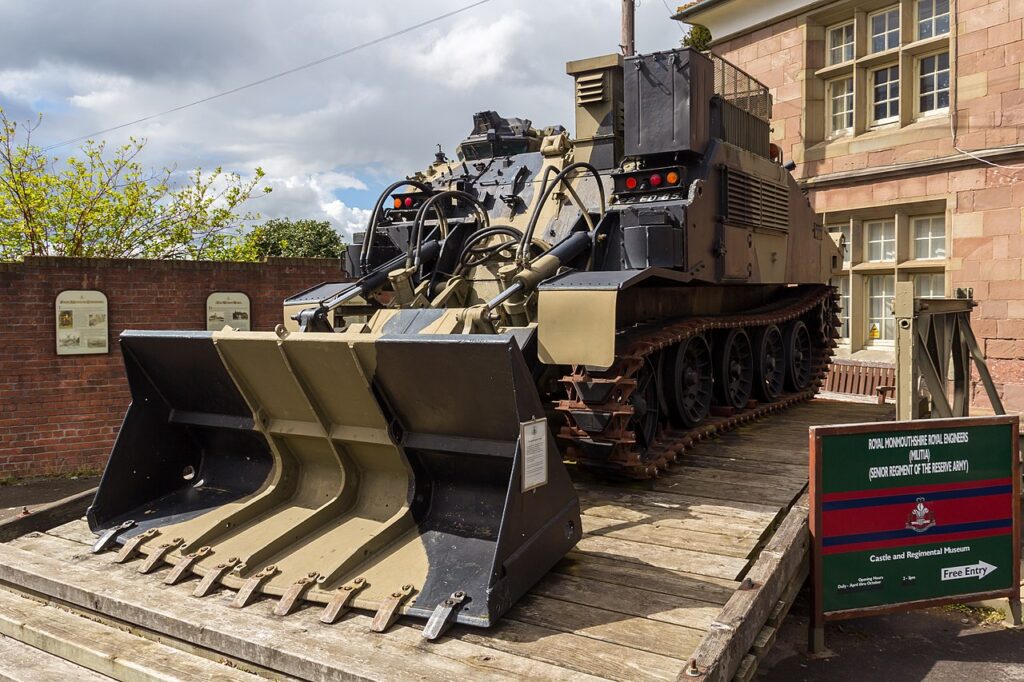
The Engineers’ illustrious history – it has provided unbroken service since 1539 – is relayed in the Regimental Museum, and although for much of the piece it’s a fairly dry affair, with cabinets stuffed with the usual medals, documents, weaponry, battleground mementoes and suchlike, the sections on the regiment’s engagements in more recent conflicts like the Falklands, Bosnia and Iraq are worth lingering over.
Walking trails and the River Wye
Monmouth is the ideal spot from which to explore the River Wye, and to this end, the excellent Monmouth Canoe and Activity Centre offers both canoe (£60/70 half/full day) and kayak hire (from £40/50 half/full day) as well as guided trips along the river.
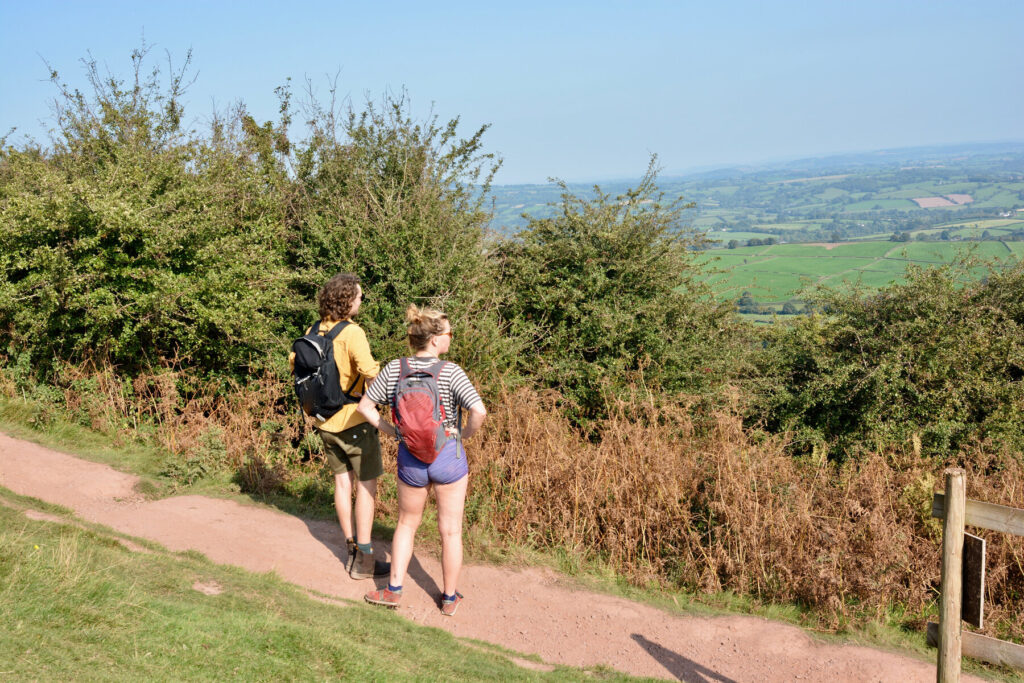
If you happen to be walking either of the Offa’s Dyke or Wye Valley trails, it makes for a convenient stopover after completing the first (or second if you are at it) leg.
What to eat and drink in Monmouth
The Stonemill: Two miles west of town, the classy Stonemill offers top-drawer country dining in a superbly converted 16th-century barn. There’s very little on the menu that’s not sourced locally, with the likes of Pant-ys-gawn goats’ cheese mousse (with beetroot remoulade & dukkah) & Raglan lamb (served with mint gnocchi & rosemary jus) the sort of scrummy morsels you can expect to dine on.
Gate House: In a town rather well endowed with pubs, this fine Georgian building just about shades it as the pick of ‘em, largely by virtue of its position next to the Monnow Bridge & with outdoor seating overlooking the water, but also because it has the best selection of ales – the food’s not half bad either.
Where to stay in Monmouth
Creates Monmouth: Run by Ben Price & his husband Kenny John, this divine little guesthouse is comfortably the most appealing overnight option in town. Ben is the creative force behind the interior design, with all rooms conceived on the theme of woodland animals, hence names like Hare’s Warren & Squirrel’s Drey, & lots of playful design touches including acorn-shaped lamps & a wall-bound suitcase masquerading as a shelf.
Monnow Bridge Caravan Site: This tidy little site, just a few minutes’ walk from the town centre, has space for both tents & campervans; facilities consist of a shower block & toilets.
Travel to Monmouth
Monmouth is not on a railway line (the closest stations are Chepstow and Hay-on-Wye), but bus links are good, with connections to Abergavenny (4 daily Mon–Sat), Chepstow (10 daily Mon–Sat), Tintern (8 daily Mon–Fri, 5 Sat), Trellech (4 daily Mon–Sat) and Usk (6 daily Mon–Sat). The bus station is at the bottom of Monnow Street.
More information
For more information, see Norm Longley’s guide:
